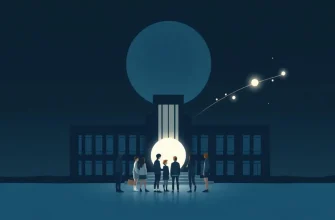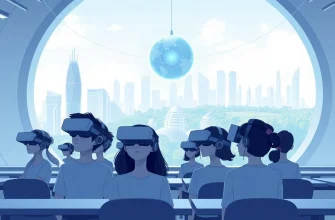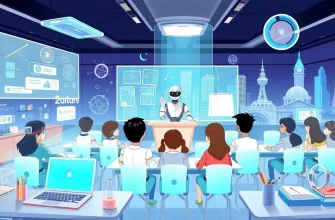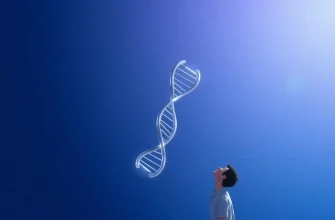Are you ready to dive into the world of science fiction where the line between reality and fantasy blurs? This curated list of 10 films showcases the brilliance of professors who navigate through time, space, and the mysteries of the universe. From mind-bending experiments to groundbreaking discoveries, these films not only entertain but also inspire us to think about the possibilities of what science can achieve. Whether you're a fan of time travel, alien encounters, or dystopian futures, these films will captivate your imagination and leave you pondering long after the credits roll.
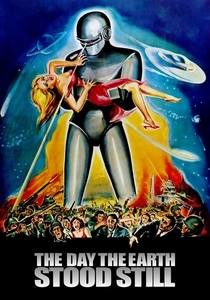
The Day the Earth Stood Still (1951)
Description: Professor Barnhardt, a renowned scientist, plays a crucial role in this film where an alien, Klaatu, arrives on Earth with a warning about humanity's destructive behavior. His interaction with the professor helps to convey the film's message of peace and understanding.
Fact: The film was one of the first to use a theremin for its eerie soundtrack, creating an otherworldly atmosphere. Also, the film was added to the National Film Registry in 1995 for its cultural, historical, or aesthetic significance.
 Watch Now
Watch Now 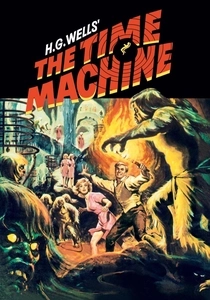
The Time Machine (1960)
Description: In this adaptation of H.G. Wells' classic novel, Professor George Wells builds a time machine to explore the future, encountering the peaceful Eloi and the menacing Morlocks, highlighting the evolution of humanity.
Fact: The film was one of the first to use time-lapse photography to show the passage of time, and the time machine itself was designed by Bill Ferrari, who also worked on the iconic look of the Batmobile for the 1966 Batman TV series.
 Watch Now
Watch Now 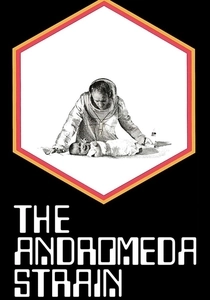
The Andromeda Strain (1971)
Description: A team of scientists, including Dr. Jeremy Stone, a microbiologist, are called upon to investigate a deadly extraterrestrial microorganism. Their race against time to understand and combat the alien threat is a staple of science fiction.
Fact: The film was based on Michael Crichton's novel, and he also wrote the screenplay. The movie's depiction of scientific procedure and lab settings was praised for its accuracy.
 Watch Now
Watch Now 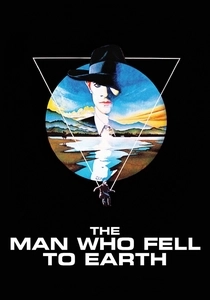
The Man Who Fell to Earth (1976)
Description: While not a professor, Thomas Jerome Newton, an alien who comes to Earth to save his dying planet, interacts with human scientists and academics, exploring themes of isolation, identity, and the human condition through a sci-fi lens.
Fact: David Bowie's performance as Newton was critically acclaimed, and the film has been influential in both science fiction and art cinema. The film's director, Nicolas Roeg, was known for his non-linear storytelling, which is evident in this film.
 Watch Now
Watch Now 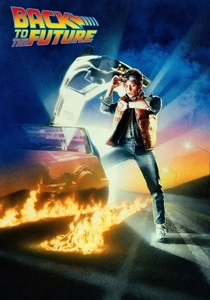
Back to the Future (1985)
Description: This iconic film features Dr. Emmett Brown, a quirky professor who invents a time machine out of a DeLorean car. His adventures with Marty McFly take them through different eras, showcasing the wonders and perils of time travel.
Fact: The famous DeLorean time machine was originally supposed to be a refrigerator, but it was changed to avoid encouraging children to climb into fridges. Also, the flux capacitor, the key component of the time machine, was inspired by a dream of the film's writer, Bob Gale.
 Watch Now
Watch Now 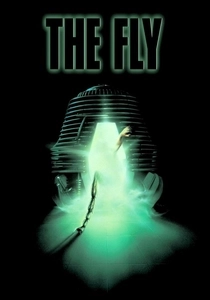
The Fly (1986)
Description: Seth Brundle, a brilliant but eccentric scientist, invents a teleportation device. His experiment goes awry when a fly enters the telepod with him, leading to a horrifying transformation. This film explores the consequences of unchecked scientific ambition.
Fact: The film's special effects, particularly the transformation of Brundle, won an Academy Award for Best Makeup. Also, the film was remade from the 1958 original, but with a much more graphic and disturbing approach.
 Watch Now
Watch Now 
The Nutty Professor (1996)
Description: Professor Sherman Klump, a kind-hearted but overweight scientist, invents a formula to transform his appearance, leading to comedic and heartfelt adventures. This film blends science fiction with slapstick comedy.
Fact: Eddie Murphy played seven different characters in this film, showcasing his versatility as an actor. The film was a remake of the 1963 Jerry Lewis classic, but with a modern twist.
 Watch Now
Watch Now 
Contact (1997)
Description: Dr. Ellie Arroway, an astrophysicist, receives signals from space, leading her on a journey to make contact with extraterrestrial life. Her scientific rigor and determination are central to the film's exploration of faith, science, and the search for meaning.
Fact: The film was inspired by Carl Sagan's novel of the same name, and he even makes a cameo appearance in the movie. The film's depiction of the Very Large Array in New Mexico was so accurate that it was used in educational materials about radio astronomy.
 Watch Now
Watch Now 
The Prestige (2006)
Description: While not strictly a professor, Nikola Tesla, portrayed as a genius inventor, plays a pivotal role in this film about rival magicians. His scientific contributions to their acts blur the lines between magic and science.
Fact: The film was inspired by real-life events involving Nikola Tesla, who was known for his eccentricities and groundbreaking work in electricity. David Bowie portrayed Tesla, adding an extra layer of authenticity to the character.
 Watch Now
Watch Now 
The Invisible Man (1933)
Description: Dr. Jack Griffin, a scientist, discovers a way to make himself invisible but loses his sanity in the process. This classic film delves into the ethical and psychological implications of scientific discovery.
Fact: The film was one of the first to use special effects to make an actor appear invisible, which was groundbreaking at the time. Also, the character's name was changed from the novel's "Griffin" to "Jack" to avoid confusion with the actor Claude Rains, who played the role.
 30 Days Free
30 Days Free 

